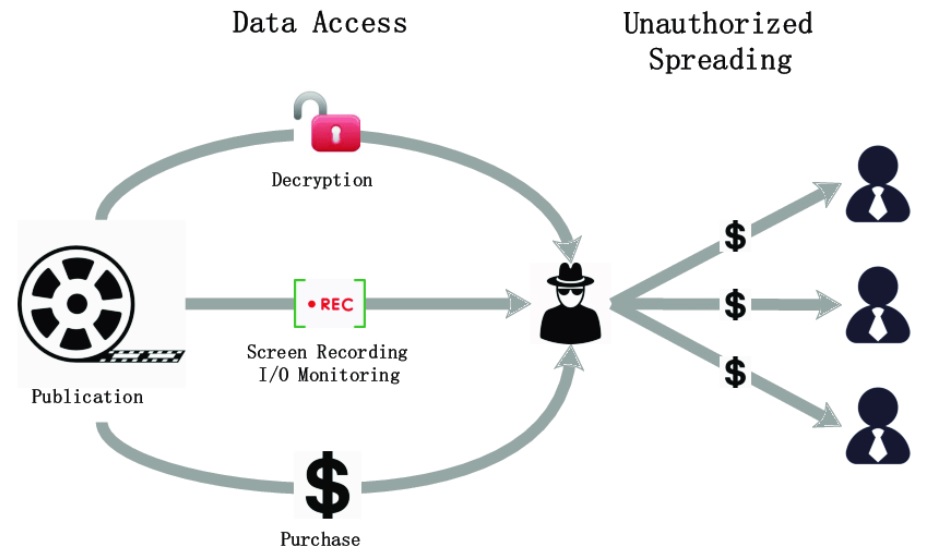One of the most obvious signs of these developments in Brazil is the makeup of the country’s monetary system. An analysis of Brazil’s monetary past offers valuable insights for individuals interested in foreign exchange trading, as well as a glimpse into the nation’s economic fluctuations. Before delving into the more recent period of Brazilian history, it is imperative to acknowledge the country’s early monetary history. The nation’s economy throughout the colonial era relied on bartering commodities like cattle, sugar, and gold for more sophisticated forms of payment. On the other hand, the need for a standardized monetary system grew along with the demand for consistent commercial practices.
Brazil replaced the old real with the cruzeiro as its official currency in the late 1940s. On the other hand, the cruzeiro experienced a considerable devaluation, which was indicative of Brazil’s battle with inflation at the time. In 1967, the government adopted the cruzeiro novo, effectively eliminating the first three zeros from the previous cruzeiro, in an effort to stabilize the economy. However, this was just the start of a string of currency adjustments mostly caused by hyperinflation and unstable economic conditions.
Brazil’s economy saw particularly turbulent periods in the 1980s and early 1990s. Due to previously unheard-of levels of inflation, the cruzado was introduced in 1986, replaced by the cruzado novo in 1989, and finally returned to the cruzeiro in 1990. The public’s declining confidence in the government’s capacity to stabilize the economy was exacerbated by the constant cycle of currency fluctuations. 1994 will be remembered by those who trade forex as a turning point in Brazil’s currency situation. In order to counteract hyperinflation, the Plano Real was implemented as a stabilization initiative. The Brazilian real (BRL), the currency that is still in use today, was introduced during this initiative. The country breathed a sigh of relief upon the introduction of the real, which was initially tied to the US dollar. After a sharp decline in inflation, the economy started to stabilize.
But the real has its share of difficulties, just like any other currency in the international forex trading market. Numerous emerging economies were impacted by the economic crises that struck in the late 1990s and early 2000s. Brazil was no different. Despite depreciating, the real survived the storm, partly because of Brazil’s strong agricultural exports and the rising demand for commodities worldwide. Notwithstanding domestic difficulties and unpredictability in the world economy, the real has shown some degree of stability in recent years. The strength of the currency has been supported by a number of factors, including Brazil’s abundance of natural resources, its membership in BRICS (Brazil, Russia, India, China, and South Africa), and its rapidly growing tech sector.
The Brazilian real of today is proof of the country’s tenacity, flexibility, and ongoing change. Given Brazil’s prominent position as a leading rising country and its substantial influence in the global commodities market, forex trading experts keep a careful eye on the real. The fluctuations of the currency are frequently used as a predictor of more general economic developments in Latin America and, frequently, the developing world.
Brazil’s fascinating story of economic tenacity takes us from cattle and commodities to the cruzeiro and, finally, the real. The country’s history of money serves as a prism through which to examine its overall socioeconomic development. It is quite helpful for anyone who trade forex to grasp this historical trajectory. It not only highlights the potential and resiliency of the Brazilian economy, but also the complex interaction between internal and external variables that shapes a country’s currency narrative. As Brazil continues to forge its way on the international scene, the real serves as a representation of the country’s resilience and economic potential.



